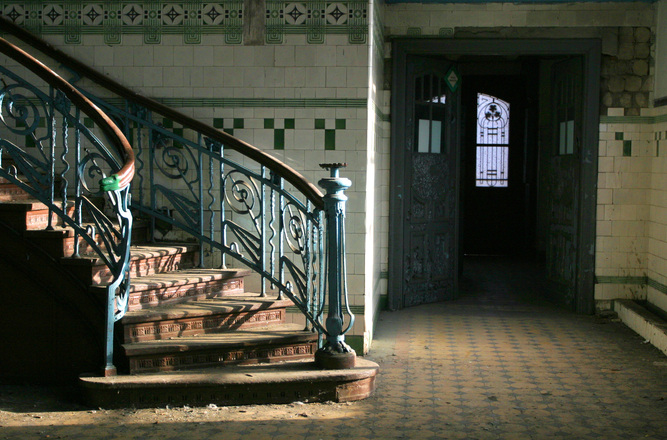
In some cases, there is a legal doctrine that can act as a short-cut to help plaintiffs prove the defendant’s negligence. The legal doctrine is called negligence per se. Plaintiffs should understand the meaning of negligence per se so they can determine if they can make this legal argument when their case goes before a jury.
What Is Negligence Per Se in a Premises Liability Case?
California Civil Jury Instructions 418 defines the legal doctrine of presumption of negligence per se. According to the relevant instruction given to a jury, if the jury decides a violation of a specific named law was a substantial factor in causing a plaintiff’s harm, the jury must find the defendant negligent unless there was some excuse for the violation.
Essentially, the negligence per se rules mean if a defendant violated a safety law, ordinance, or other specific rule and the violation caused the accident or injury to occur, the jury can presume the defendant was negligent unless there is justification for the defendant’s failure to follow the law.
The first step would be for the plaintiff who was injured on someone else’s premises to show the dangerous condition that caused his injury was a violation of state or federal building codes or building ordinances. The jury would then have to hold the defendant negligent under negligence per se rules as long as:
- The plaintiff demonstrated the dangerous property condition constituted a violation of the law, and
- The dangerous condition, which was in violation of the law, was the direct cause of harm or injury.
For example, if stair treads are too narrow, in violation of building codes, the defendant has violated a safety rule. If the plaintiff fell down the stairs due to the narrow treads, the defendant should be presumed negligent by the jury unless there is a reason why the law on tread width was not followed. The plaintiff would not need to present experts to testify the treads were unreasonably dangerous, or to provide any other proof of the defendant’s failures besides showing the stairs were not up to code.
Getting Help from a Long Beach Premises Liability Lawyer
Your Injuries Are Personal to Me
I have extensive experience helping clients injured on some else’s property, and can help you to understand negligence per se in your premises liability case. I will carefully review the cause of your accident to determine if the defendant violated any safety rules, which can create the presumption of negligence.
Call the Law Office of Michael D. Waks at 888-394-1174 or use the convenient online contact form to schedule a free consultation to learn more about how I can help you.
- How to Help Your Loved One Cope with a Spinal Cord Injury - October 27, 2021
- How Can I Prove a Motorist Fell Asleep in Traffic? - October 20, 2021
- Filing a Truck Accident Claim? Avoid These Common Mistakes - October 13, 2021